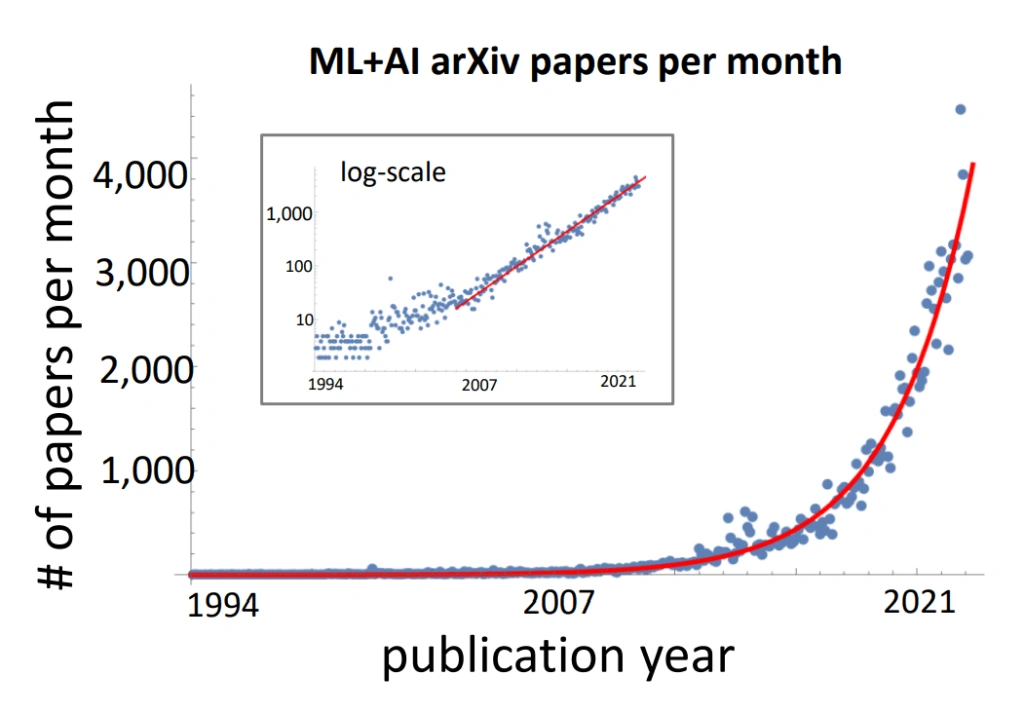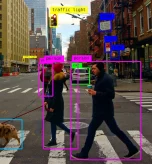Science is a voyage of discovery, but sometimes, it’s hard to know where to sail.
As human knowledge broadens, research gaps also tend to widen. The Aristotelian adage comes to mind, “the more you know, the more you don’t know.”
Science is there to plug gaps in human knowledge and open up new research directions, but picking a direction that yields new insights and developments is not always straightforward.
Take artificial intelligence (AI) and machine learning (ML). Both started life as ideas with a vague direction – to use machines and computers to enhance, augment and replace human labor and decision-making.
As the field of AI developed, new research pathways have culminated in natural language processing (NLP), computer vision (CV), neural networking and other cutting-edge AI technologies.
This process itself involves human decision-making and brainstorming – humans must choose what direction to take science in.
We have a number of problems that need solving, such as protecting the environment, evolving transport links, and enhancing healthcare, but the solutions are not always obvious. And sometimes, the solution is hidden in plain sight.
AI For Academic Research
AI research papers and academia started surfacing in the early 90s. Looking back into the history of AI is useful for academic purposes, which is why Mario Krenn at the Max Planck Institute for the Science of Light in Erlangen, Germany, trained an AI model on data from 143,000 research papers.
Papers used in the study were published on the ArXiv preprint server, which receives moderated papers that haven’t yet been peer-reviewed. It was founded in 1991.
The model analyzed papers covering all forms of AI and related subjects published between 1994 to 2021.

Researchers used the list of papers to generate around 65,000 key concepts through natural language processing (NLP). The NLP tool stripped keywords and phrases from the papers but only looked at titles and abstracts.
These concepts formed the nodes of a semantic network. The AI’s task was to form connections and links between concepts in that semantic network to create an account of how AI research has evolved over time.
Once the AI had done that, it was used to predict, in retrospect, research concepts that were forthcoming in the next 5 years prior to a date chosen. So, for example, the AI could be asked how AI research would develop 5 years from the year 2000. It achieved this with 99.5% accuracy.
The researchers stated this is evidence of a quasi-deterministic pattern of AI research. In other words, future AI research is directly determined by past research, with little to no spontaneity or randomness. One technology leads to another, which opens new opportunities in a predictable, linear pattern.
By exploring the history of AI science, the researchers hope to illuminate new ideas for future research. In their words: “We envision a computer program that can automatically read, comprehend and act on AI literature. It can predict and suggest meaningful research ideas that transcend individual knowledge and cross-domain boundaries” (Krenn et al. 2022).
From History to Future Insight
This model effectively links academic research in AI and ML from the past. This sort of semantic network model may help suggest ideas for the future, such as linking a new concept in, say, neuroscience with a new process in neural networking.
Gabriel Pereira at the London School of Economics highlights that such a model is currently limited in predicting the future direction of AI research. However, other AIs have already started predicting the future, and we’re keeping a close eye on what they’ve got to say.
Chatbot and NLP models GPT-2 and GPT-3 have been interviewed about the future of AI (see one transcript at The Economist here). Though many of these conversations have been sensationalized in the media, GPT-2 gives an apt response here:
Q: Do you, GPT-2, represent a step towards more powerful artificial general intelligence (AGI)?
A: I am not a step towards AGI. I am interested in understanding the origins of language. The only thing that I can do is answer questions correctly.
GPT-2 is correct. This NLP model is trained on pre-existing human language and is exceptionally good at answering questions. This has some questioning whether or not such an ability constitutes sentience, but as of 2022, complex AI flatters to deceive with its skillful use of language.
So, while NLP AIs like GPT-3 might be able to write your essays soon, you’ve still got to think of an idea to research. But maybe not for long!






